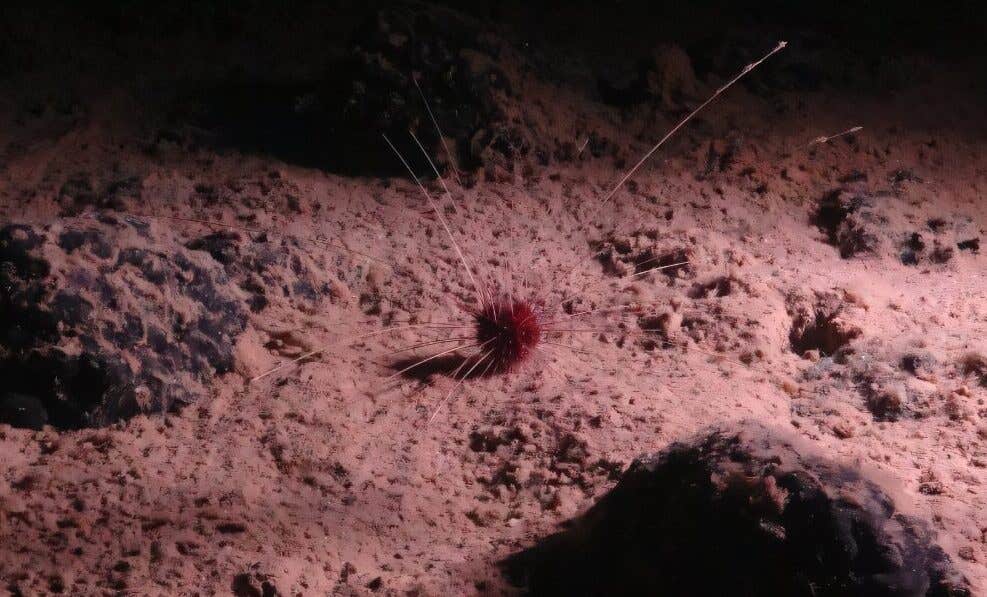Could nose picking increase your risk for Alzheimer’s and Dementia?
Researchers discovered a remarkable connection has been unveiled between a common bacterium and Alzheimer’s disease.

[Dec. 22, 2023: JD Shavit, The Brighter Side of News]
Researchers discovered a remarkable connection has been unveiled between a common bacterium and Alzheimer's disease. (CREDIT: Creative Commons)
In a breakthrough study conducted by Griffith University researchers, a remarkable connection has been unveiled between a common bacterium and Alzheimer's disease.
This discovery sheds new light on the possible mechanisms behind the onset of Alzheimer's and has raised intriguing questions about the role of the olfactory nerve in our brain's health. Published in the esteemed journal Scientific Reports, this research could potentially revolutionize our understanding of Alzheimer's disease.
Chlamydia pneumoniae, a bacterium commonly associated with respiratory infections, was found to traverse the olfactory nerve, residing in the nasal cavity, and infiltrate the brain in mice. Once within the brain, this bacterium initiated the deposition of amyloid beta proteins—a characteristic hallmark of Alzheimer's disease.
Professor James St John, Head of the Clem Jones Centre for Neurobiology and Stem Cell Research, who co-authored this groundbreaking research, remarked on its significance: "We're the first to show that Chlamydia pneumoniae can go directly up the nose and into the brain where it can set off pathologies that look like Alzheimer's disease."
Related Stories
Furthermore, Professor St John emphasized the potential implications for humans, stating, "We saw this happen in a mouse model, and the evidence is potentially scary for humans as well."
The olfactory nerve, responsible for our sense of smell, offers a unique pathway from the nasal cavity to the brain, circumventing the blood-brain barrier. This route presents an accessible entry point for viruses and bacteria seeking to infiltrate the brain. The Griffith University research team has now set their sights on the next phase of their research, with a focus on confirming the existence of this pathway in humans.
Professor St John explained, "We need to do this study in humans and confirm whether the same pathway operates in the same way. It's research that has been proposed by many people, but not yet completed. What we do know is that these same bacteria are present in humans, but we haven't worked out how they get there."
Bacterium Chlamydia pneumoniae (green) inside the brain of a mouse, and surrounded with beta amyloid peptide (red) (amyloid peptide is a hallmark problem in Alzheimer's disease) (CREDIT: Griffith University)
In light of these findings, Professor St John suggests several simple steps individuals can take to safeguard their nasal lining and potentially lower their risk of late-onset Alzheimer's disease. "Picking your nose and plucking the hairs from your nose are not a good idea," he cautioned. "We don't want to damage the inside of our nose, and picking and plucking can do that. If you damage the lining of the nose, you can increase how many bacteria can go up into your brain."
Furthermore, smell tests may hold promise as early detectors of Alzheimer's and dementia. Professor St John pointed out that the loss of the sense of smell often serves as an early indicator of Alzheimer's disease. He proposes that regular smell tests beginning at the age of 60 could be a valuable tool for early detection. "Once you get over 65 years old, your risk factor goes right up, but we're looking at other causes as well because it's not just age—it is environmental exposure as well. And we think that bacteria and viruses are critical."
Professor James St John. (CREDIT: Griffith University)
This groundbreaking research received support from the Goda Foundation and the Menzies Health Institute Queensland, underscoring its significance in the field of neuroscience and its potential to reshape our understanding of Alzheimer's disease.
As science continues to unravel the mysteries of the brain, we are one step closer to understanding and combatting this devastating condition.
Note: Materials provided above by The Brighter Side of News. Content may be edited for style and length.
Like these kind of feel good stories? Get the Brighter Side of News' newsletter.



